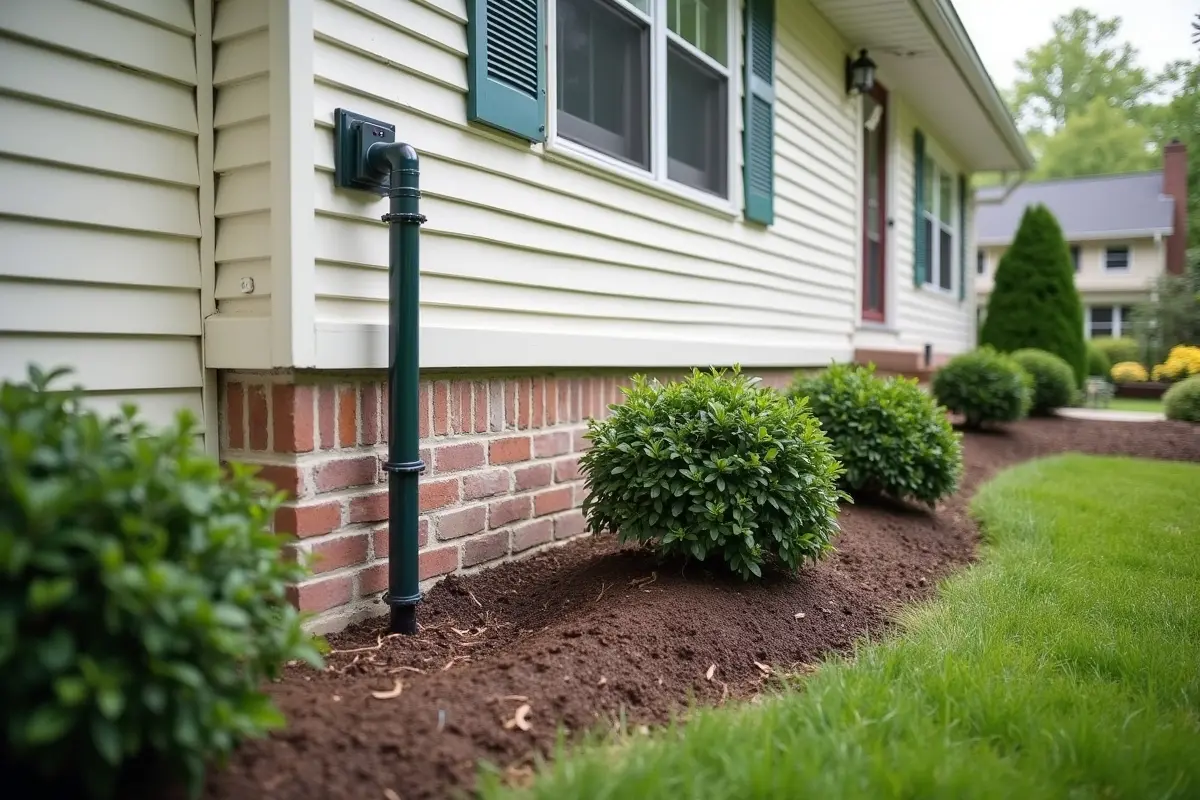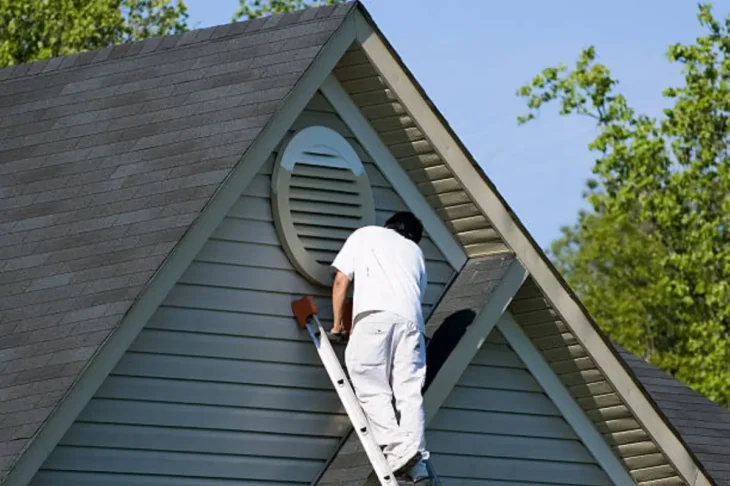
Radon Mitigation 101: How to Make Your Home Safer
Have you ever wondered about the unseen risks hiding in your home? When it comes to indoor air quality, radon is one of those invisible threats many people overlook. Yet, it’s a real concern for health, with prolonged exposure leading to serious issues.
The good news is that radon is something you can actively control. Radon mitigation is a process that can reduce levels in your home, creating a safer living environment for you and your family.
What Exactly is Radon?
Radon is a naturally occurring radioactive gas produced when uranium in soil, rock, and water breaks down. You can’t see, smell, or taste it, making it tricky to detect without specialized equipment. It seeps into homes through small cracks in floors and walls, gaps around pipes, or even the water supply. Once inside, radon can accumulate and reach high levels, especially in lower areas like basements.
While radon is present at low levels outdoors, it becomes problematic when trapped indoors, where it can build up over time. According to health authorities, prolonged exposure to high radon levels can increase the risk of lung cancer. In fact, radon is considered the second leading cause of lung cancer after smoking.
Why Radon Mitigation Matters
You may be wondering: if radon is so common, is it really that big of a deal? The answer is yes. Radon levels can vary significantly between homes, even if they’re right next to each other. Just because your neighbour’s house has low levels doesn’t mean yours does, too. Testing your own home is the only way to know your specific radon level. Once you have a baseline, you can determine if mitigation is necessary.
Radon mitigation is a process designed to lower radon levels, making your home a healthier place to live. When you take steps to reduce radon, you’re not just protecting yourself; you’re also safeguarding your family and anyone else who spends time in your home. Think of it as investing in long-term health and peace of mind.
The Radon Testing Process
Before you start thinking about radon mitigation, you need to know if radon is present in your home—and at what level. Testing for radon is straightforward, and you have a few options.
Short-Term vs. Long-Term Tests
- Short-Term Test – Quick and easy, this test usually takes two to seven days. It provides a snapshot of radon levels and can help determine if further testing is needed.
- Long-Term Test – Lasting 90 days or more, a long-term test gives a more accurate picture of your home’s radon levels. It considers seasonal changes, offering a clearer idea of the average radon level in your space.
You can find DIY radon testing kits at home improvement stores or hire a professional to do it for you. DIY kits are typically affordable, but if you want precise, professional results, working with a certified radon specialist can be a great choice. Once you have your results, you’ll know if you need to move forward with mitigation.
Radon Mitigation Methods
If your test results show elevated radon levels, don’t panic. Mitigation is highly effective, and there are various ways to address the issue. Here’s a breakdown of the most common radon mitigation methods:
- Sub-Slab Depressurisation – Often considered the gold standard, this method involves installing a vent pipe system and a fan. It draws radon gas from beneath the home and vents it outside, preventing it from entering your living spaces.
- Sump Hole Depressurisation – For homes with a sump pump, this technique uses the sump pit to channel radon out. It involves connecting a vent pipe to the pit, with a fan pulling the gas up and out.
- Crawl Space Ventilation – Homes with crawl spaces might benefit from improved ventilation in that area. By increasing air flow, you reduce radon levels under the home, lowering the amount that enters the living areas.
- Sealing Cracks and Openings – While not usually enough on its own, sealing cracks and gaps in floors and walls can complement other mitigation methods. This step reduces the amount of radon seeping in but is rarely a standalone solution.
- Pressurisation – This method uses a fan to blow air into your home, creating a higher air pressure indoors than outdoors. The idea is that this higher pressure prevents radon from entering. However, it’s a bit more complex and often requires professional installation.
These systems are designed to operate continuously, keeping radon levels low over the long term. It’s worth mentioning that once you install a mitigation system, routine maintenance is essential. Regular checks ensure that the system is working correctly and effectively reducing radon.
Is Radon Mitigation Worth the Investment?
Radon mitigation comes at a cost, but it’s worth considering the benefits. First and foremost, you’re investing in health. Radon mitigation systems significantly reduce exposure, offering greater peace of mind. Moreover, if you’re planning to sell your home in the future, a radon mitigation system can be an attractive feature for potential buyers, who may be relieved to know they’re moving into a safer, radon-controlled environment.
Keeping Radon Levels Low
After mitigation, it’s smart to periodically re-test your home. This helps confirm that radon levels remain low and ensures the system is functioning correctly. Most experts recommend re-testing every two years, or more frequently if you live in an area with naturally high radon levels. Some homeowners choose to invest in a radon detector for ongoing monitoring, which provides real-time data and immediate alerts if levels start rising unexpectedly.
Breathe Easier with Radon Mitigation
Understanding radon and the importance of mitigation may seem complex, but with the right approach, it’s a manageable issue. From simple testing to professional mitigation, every step you take helps protect your home and loved ones. A radon mitigation system doesn’t just lower radon levels; it also gives you the confidence that your home is a healthier, safer place to live. After all, peace of mind is priceless, and breathing clean air is something everyone deserves. So why wait? Start today with a radon test and take control of your home’s safety.

